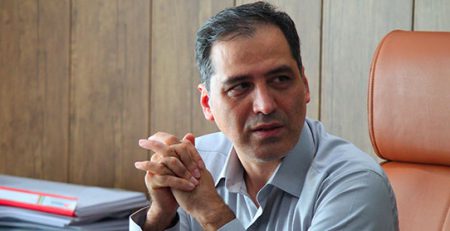From the first step in establishing the chemical industry in 1985 to the opening of the first petrochemical unit in 1963, and from the approval of the petrochemical Industry Development Law of Iran in 1955 to the second leap of this industry in 2020, this industry pursued a single aspiration: creating added value.
On the one hand, Iran’s location in a region rich with oil reservoirs and its strategic position on the East-West Bridge has bestowed it a key stimulant of the global economy: oil.
Apart from the recurring political discourse regarding its negative and positive implications for Iran’s geopolitical role-playing, in the past decades, geopolitics, including three elements of geography, politics, and power, has always been present on the table of Iranian policymakers.
Until recently, Iranian policymakers’ strategy only relied on oil production and its crude sales, giving it the most prominent role in Iran’s economy. With the growth of petrochemical units in the 90s and 2000s and the noticeable 100% increase in annual production in 2020, Iran practically entered the world arena with two main actors: the oil and petrochemical industry, with the difference being that the second actor (petrochemical industry) in the last years of the century, provided Iran with more currency inflow and maneuverability, allowing the Iranian oil industry to turn oil into products of global appeal in case of new political pressures or intensification of sanctions.
As the longest chain activity of petroleum products, Petrochemical has unparalleled potentials for establishing mass production units, providing sustainable employment, entering the high-tech industries club, and, most importantly, fostering the ability to create continuous added value. Hence, opening new horizons- the development of downstream industries- provides the country with a unique opportunity to develop the infrastructure of Iran’s future economy.
Institutional and noticeable entry into downstream industries is accompanied by less investment, higher added value, fewer risks, more employment, “less energy consumption, higher value creation, and finally, more self-sufficiency, while any delay or slow-pacing steps in this direction means all the opportunities will be wasted since our neighbors saturate the regional market and the world with economic and political possibilities.
With the opening of Sabalan Petrochemical from Sepehr Energy Holding (realized in May 1400), methanol production, as a strategic petrochemical product, will reach 14 million tons per year. This is an exceptional opportunity for the Iranian petrochemical industry since the material, domestic knowledge, and applied management are all available to this end. The future governments and planners’ hands will no longer be tight to choose between either selling raw methanol and other basic petrochemical-based products or improving the development of downstream industries.
There are too few opportunities, and the path ahead is long and uneven.
Behrooz Abbasi
Managing Director of Sepehr Energy Holding





